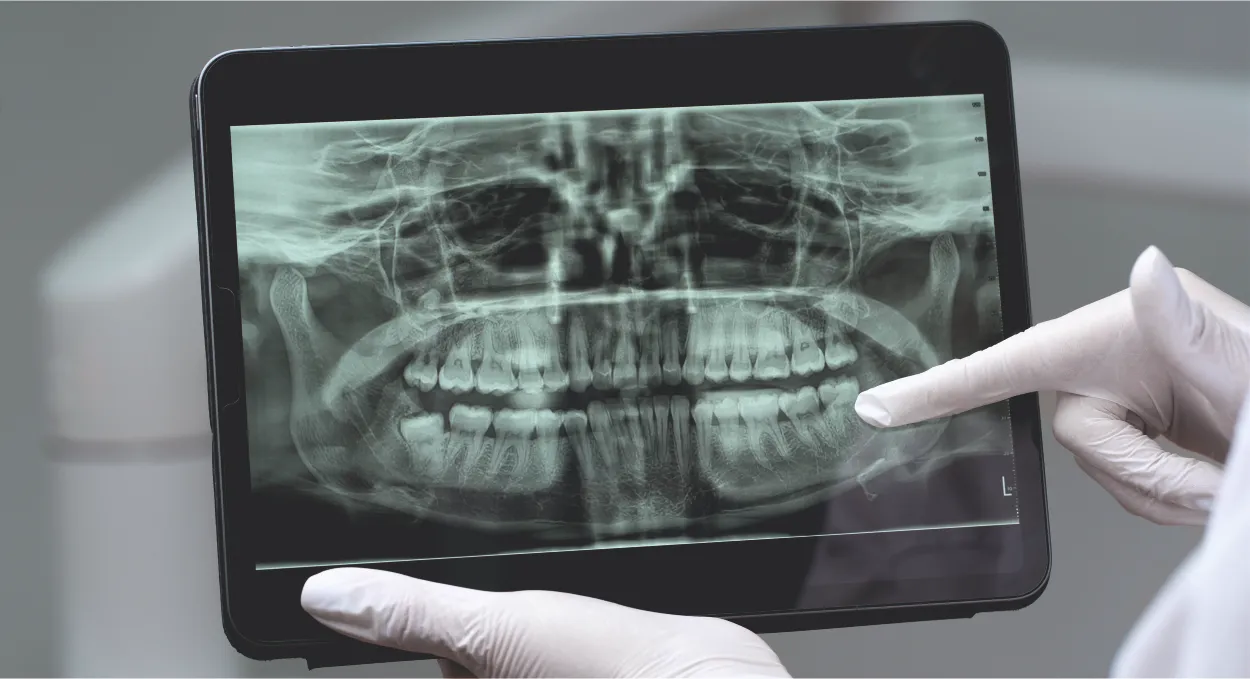
Understanding Cranio-Maxillofacial Fractures
Cranio-maxillofacial fractures, involving the bones of the skull and face, can result from various traumatic injuries, such as motor vehicle accidents, falls, or assaults. While these fractures can be distressing, understanding their causes, treatment options, and expected outcomes is crucial for effective management and optimal recovery.
Causes of Cranio-Maxillofacial Fractures
Cranio-maxillofacial fractures can occur as a result of blunt force trauma or impact to the head and face.
- Motor vehicle accidents: Collisions involving cars, motorcycles, or bicycles can cause significant facial trauma, resulting in fractures of the skull, jaw, nose, or cheekbones.
- Falls: Falls from heights or on uneven surfaces can lead to facial fractures, particularly in elderly individuals or children.
- Assaults: Physical altercations or assaults can result in cranio-maxillofacial injuries, including fractures of the jaw, nose, or orbital bones.
- Sports injuries: Contact sports or recreational activities such as football, hockey, or martial arts can increase the risk of facial fractures, particularly in the absence of appropriate protective gear.
Types of Cranio-Maxillofacial Fractures
Cranio-maxillofacial fractures can involve various bones and structures of the head and face, including
- Nasal fractures: Fractures of the bones comprising the nose, often resulting in pain, swelling, and difficulty breathing.
- Orbital fractures: Fractures involving the bones surrounding the eye socket, which can cause double vision, eye movement abnormalities, or sunken appearance of the eye.
- Maxillary fractures: Fractures of the upper jaw (maxilla), which can lead to pain, swelling, and difficulty chewing or speaking.
- Mandibular fractures: Fractures of the lower jaw (mandible), resulting in pain, swelling, difficulty opening or closing the mouth, and malocclusion (misalignment of the teeth).
Treatment of Cranio-Maxillofacial Fractures
The treatment of cranio-maxillofacial fractures depends on various factors, including the type and severity of the fracture, the presence of associated injuries, and the patient’s overall health. Treatment options may include:
- Closed reduction: For stable fractures with minimal displacement, conservative management may be sufficient, involving the use of pain medications, ice packs, and temporary immobilisation with a splint or bandage.
- Open reduction and internal fixation (ORIF): In cases of complex or displaced fractures, surgical intervention may be necessary to realign the fractured bones and stabilise them with plates, screws, or wires.
- Maxillofacial reconstruction: For severe or multiple fractures involving the facial bones, reconstructive surgery may be required to restore facial symmetry, function, and aesthetics.
- Post-operative care: Following surgery, patients will require close monitoring, pain management, and instructions for oral hygiene, diet, and activity restrictions to promote healing and prevent complications.
Recovery and Rehabilitation
The recovery process following cranio-maxillofacial fracture treatment varies depending on the extent of the injury and the type of intervention performed. However, some general guidelines for recovery and rehabilitation may include

Pain management
Pain medications may be prescribed to alleviate discomfort during the initial healing period.

Soft diet
Patients may be advised to follow a soft or liquid diet to minimise strain on the jaw and facilitate healing of the fractured bones.

Oral hygiene
Proper oral hygiene practices, including gentle brushing and rinsing with saline solution, can help prevent infection and promote healing of oral wounds.

Follow-up care
Regular follow-up appointments with the treating healthcare provider will be scheduled to monitor progress, remove sutures or hardware if necessary, and assess for any complications.